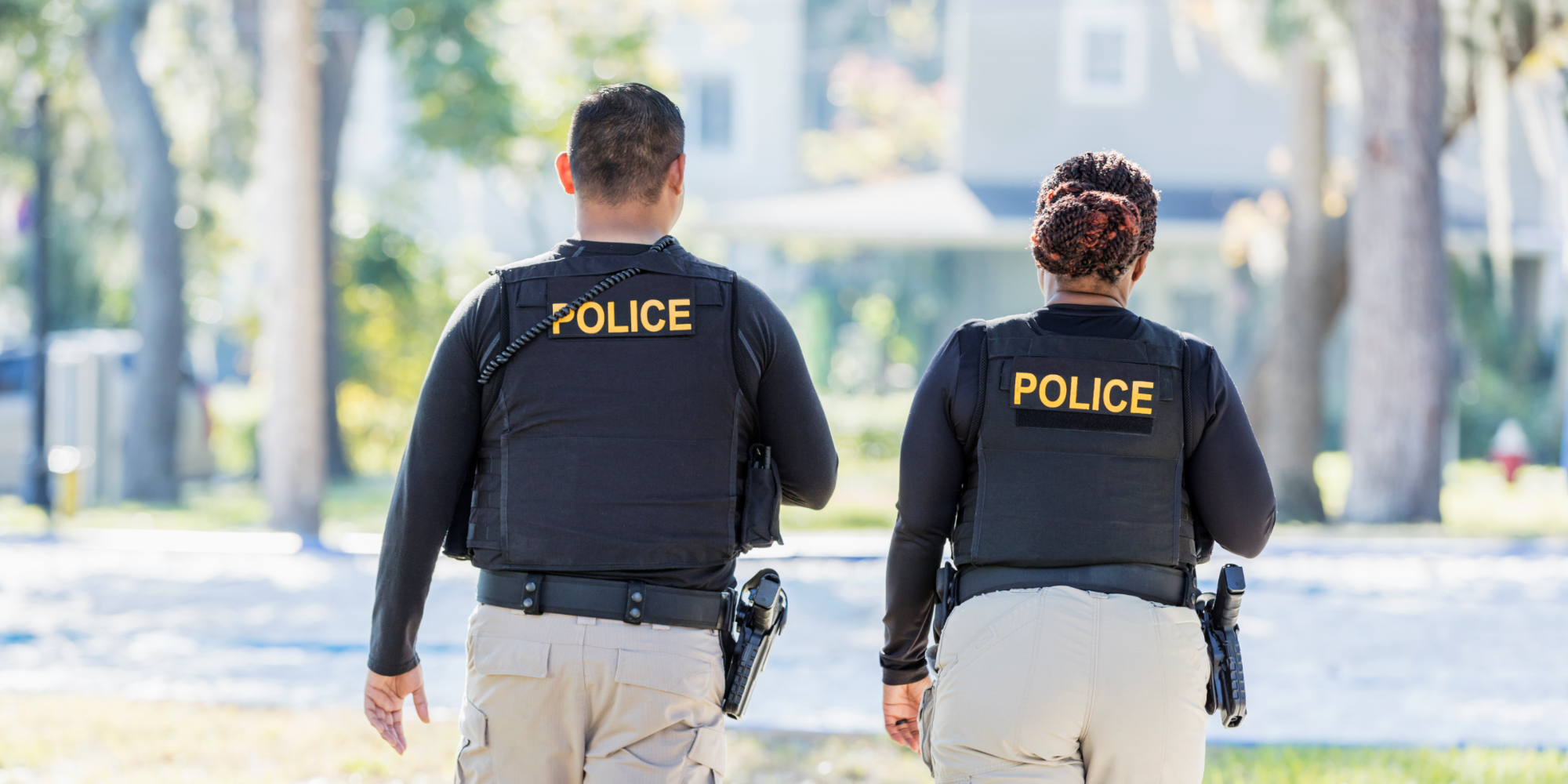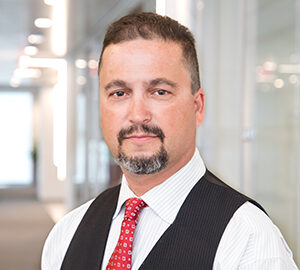In 1962, President Kennedy originated National Police Day and Week to recognize officers who have lost their lives in the line of duty for the safety and protection of others.
As thousands of police officers from around the country gather in Washington, D.C. this week to commemorate National Police Week, it is an opportune time for local governments to consider: Are they asking more of their police officers than is reasonable?
Local governments ask a lot of their public safety workforce, including police officers. Policing is one of the most critical jobs in the municipal workforce because police officers must always answer the call for help. Against the backdrop of low recruitment and high retirements, local governments should provide additional resources to their public safety workforce to allow police officers to focus on what they are most equipped and trained to do – respond to and prevent crime and equitably enforce laws by protecting residents’ civil rights.
Many cities are facing considerable shortages in their law enforcement workforce due to a lack of qualified recruits to fill the vacancies, as well as people leaving the profession through retirement or career change. According to a 2022 Police Executive Research Forum survey, there were nearly 50 percent more resignations and 20 percent more retirements in 2022 than in 2019.
While there are many reasons for the shortage in workforce, one issue cities need to address now is how to police better with fewer officers. One method to do this is to realign some social and community support services currently assigned to police with other alternative response programs.
It is often said that police officers wear many hats when they do their work. For the purposes of this article, the duties of a police officer have been placed in four major buckets:
| Enforcing Laws | Preventing Crime | Responding To Emergencies | Providing Social and Community Support Services |
| Writing citations, investigating, apprehending, and detaining individuals suspected of violating local, state and federal criminal laws. Also includes writing reports on criminal violations and testimony in court and traffic control. | Patrolling neighborhoods and local events to identify and deter criminal activity. | Responding to 9-1-1 calls that could include gun violence, domestic violence, robbery and other calls for help. | Responding to mental health issues, substance abuse, homelessness, and other non-criminal and nonviolent social concerns. |
Over the past several decades, the duties of law enforcement officers have expanded significantly in the fourth category. Police responses to social concerns are underreported or misrepresented in crime reporting metrics. However, community and social service responses account for a large proportion of what police do daily.
In 2008, the National Association of Social Workers published an article that identified the 80/20 rule of policing duties as: crime-fighting (20%) and social service-related tasks (80%). Inversely, law enforcement training focuses nearly 80% on crime-fighting duties, whereas the training time allotted for social service duties makes up approximately 20% of the training curriculum.
Adding this fourth category (providing social and community support services) of duties has placed police officers at risk of taking on functions that are not part of their core training or even what they are being evaluated on. This fourth category also requires officers to spend most of their time responding to non-violent incidents, whereas their time would be better served responding to and preventing criminal activity.
Police response to non-criminal and non-violent incidents can also result in criminalizing incidents that would be better resolved through alternative response programs, like when a police response to a homeless person leads to a violation versus a public health response that could provide wrap-around services.
In cities across the country, many 911 calls can be effectively responded to by non-law enforcement or civilian responders.
- In Philadelphia, PA, if behavioral health or social service personnel responded to mental health calls rather than police officers it would make 13,000 police personnel shifts available. “While at the initial dispatch level what appear to be medical/public health events comprise 7.4% of calls, the nearly 80,000 calls take up the equivalent of over 13,000 total personnel shifts (7.5 h per shift). This represents 8.6% of all committed time by police to calls from the public.”
- In Baltimore, MD, officials stated that 80% of 911 calls are non-emergencies. To reduce unnecessary burdens on patrol officers’ daily activities, improve officer response time to serious crimes, ensure that officers respond to high-priority calls and free up officer time and resources for proactive policing efforts, the Baltimore Police Department implemented the Strategic Management & Alternative Response Tactics (SMART) Policing Program. In June of 2021, the city also launched the Behavioral Health 9-1-1 Diversion Pilot Program with the goal of diverting certain behavioral health-related 9-1-1 calls from law enforcement to experienced mental health professionals. Since the program’s launch, the city has saved over 192 units of policing and 311 units of fire department response to behavioral health calls.
- Houston, TX, implemented a Crisis Call Diversion (CCD) program in 2015 and uses embedded professional telecounselors within the 911 call center to help link people to non-emergency services when a call does not require police or EMS. In 2020 alone, CCD diverted 2,116 calls from the Houston Police Department and Houston Fire Department and the program resulted in an estimated $1,666,732 annual savings in their public safety budget.
Responses to non-violent social and community incidents are better suited for people trained in social services, behavioral and mental health, and community support. And leaving police officers to fill the first three buckets: enforcing the laws, responding to and preventing crime.








